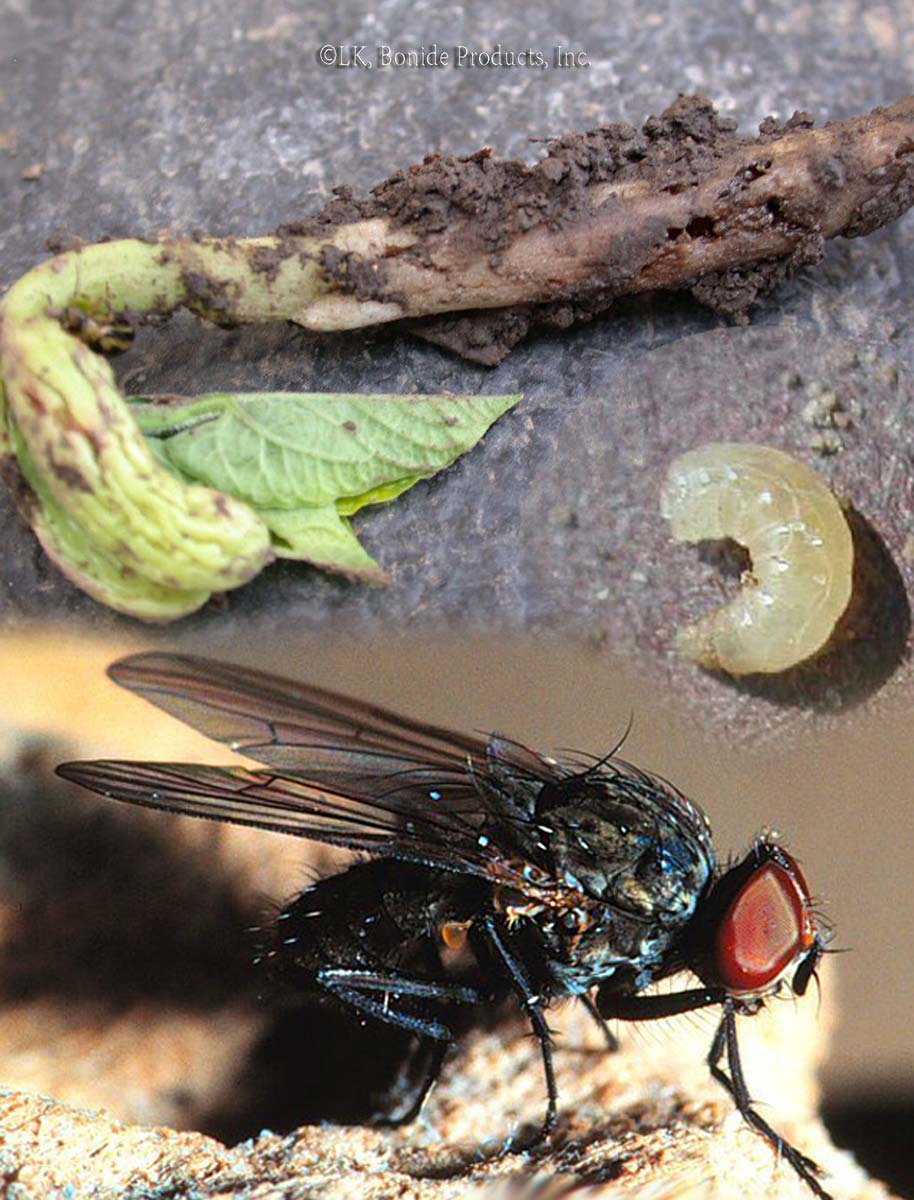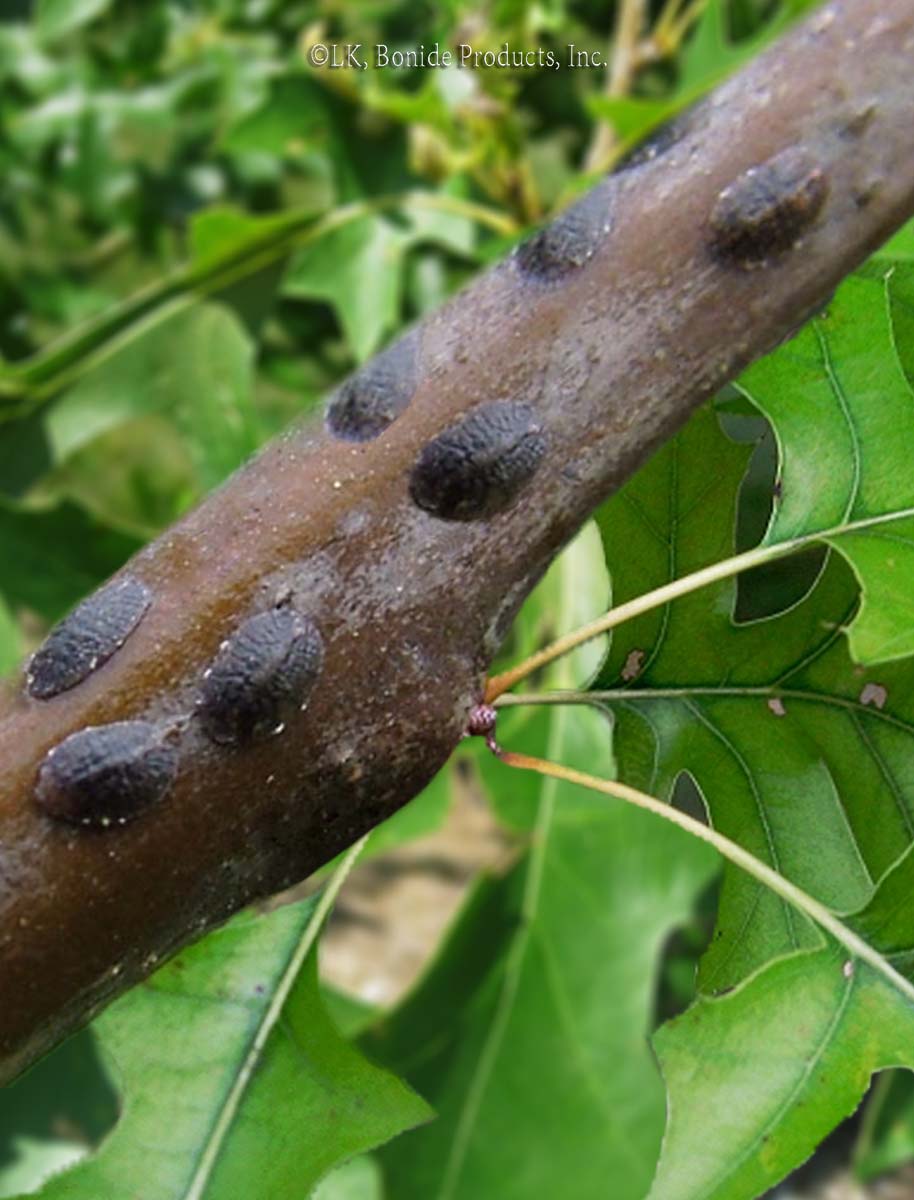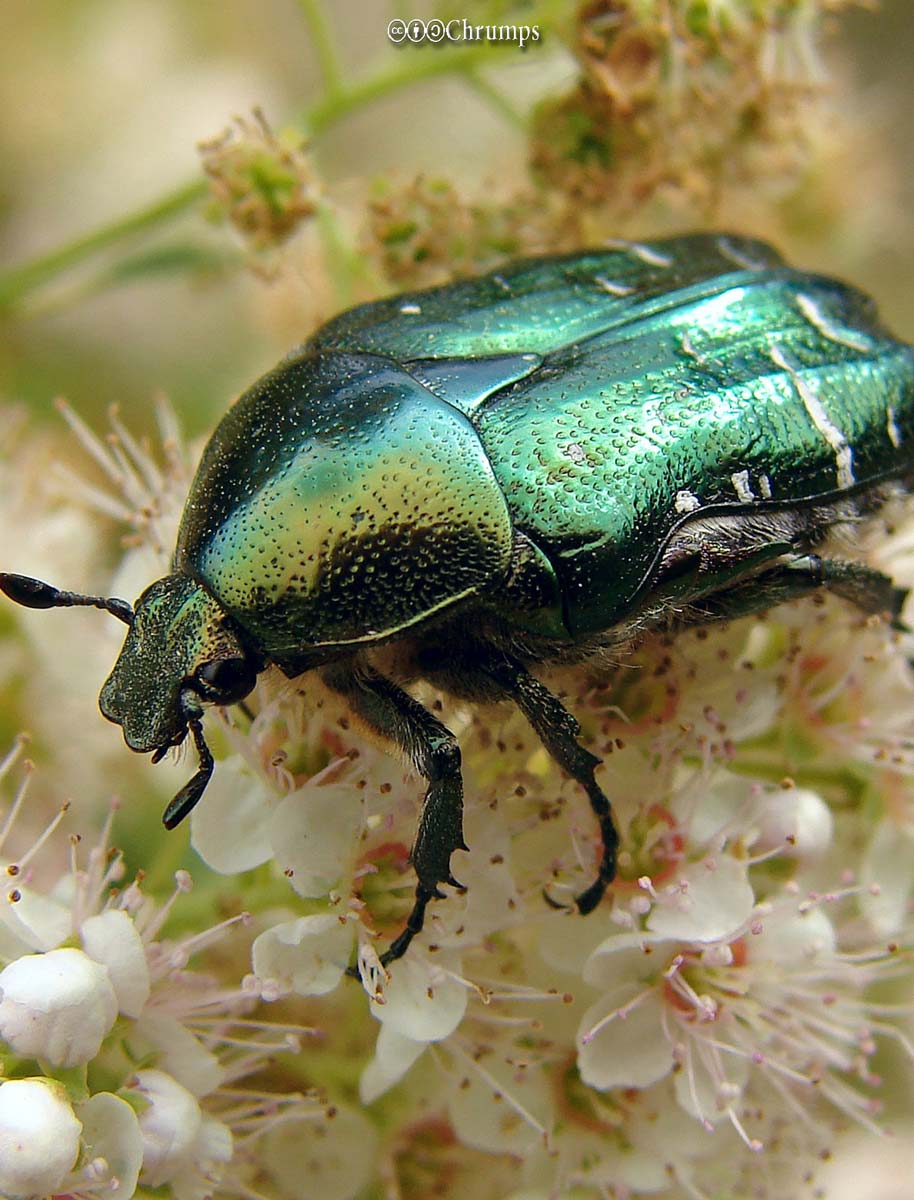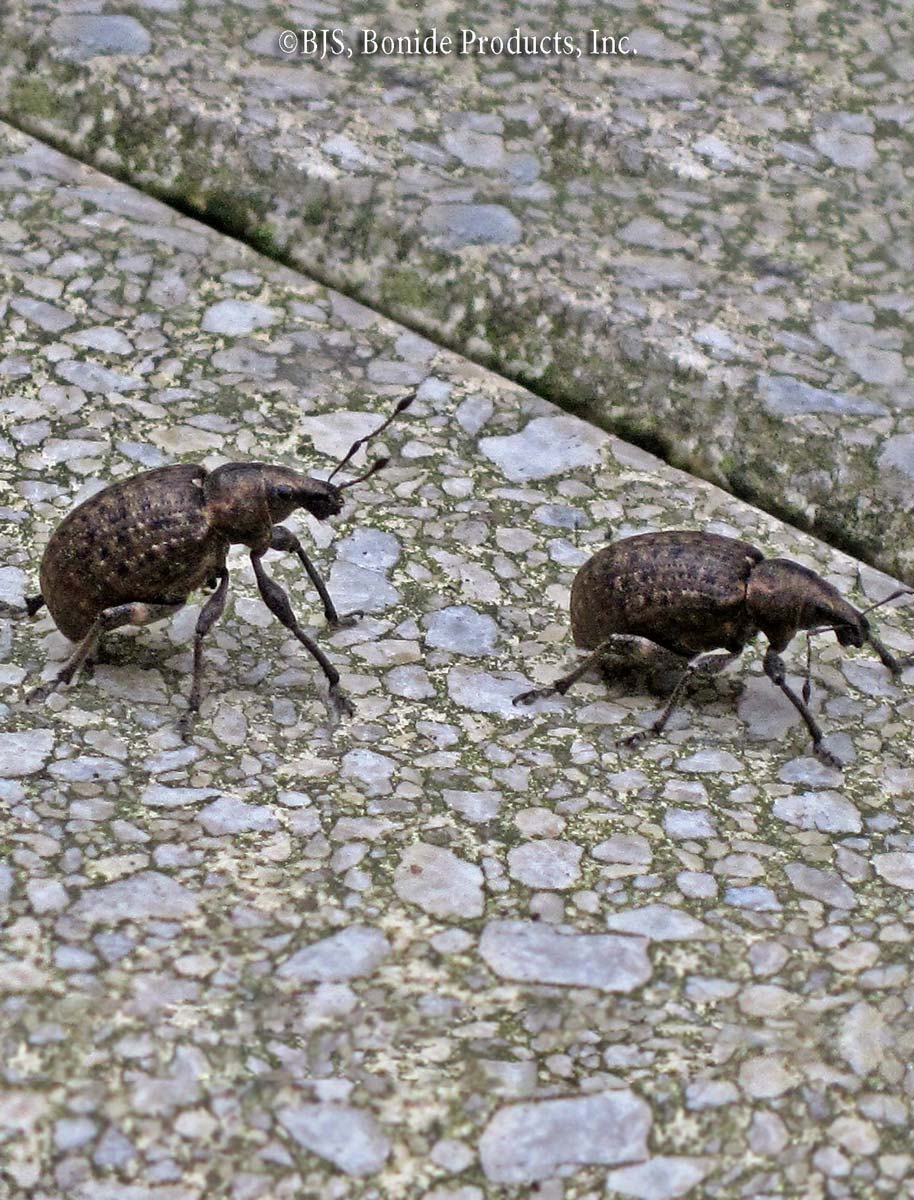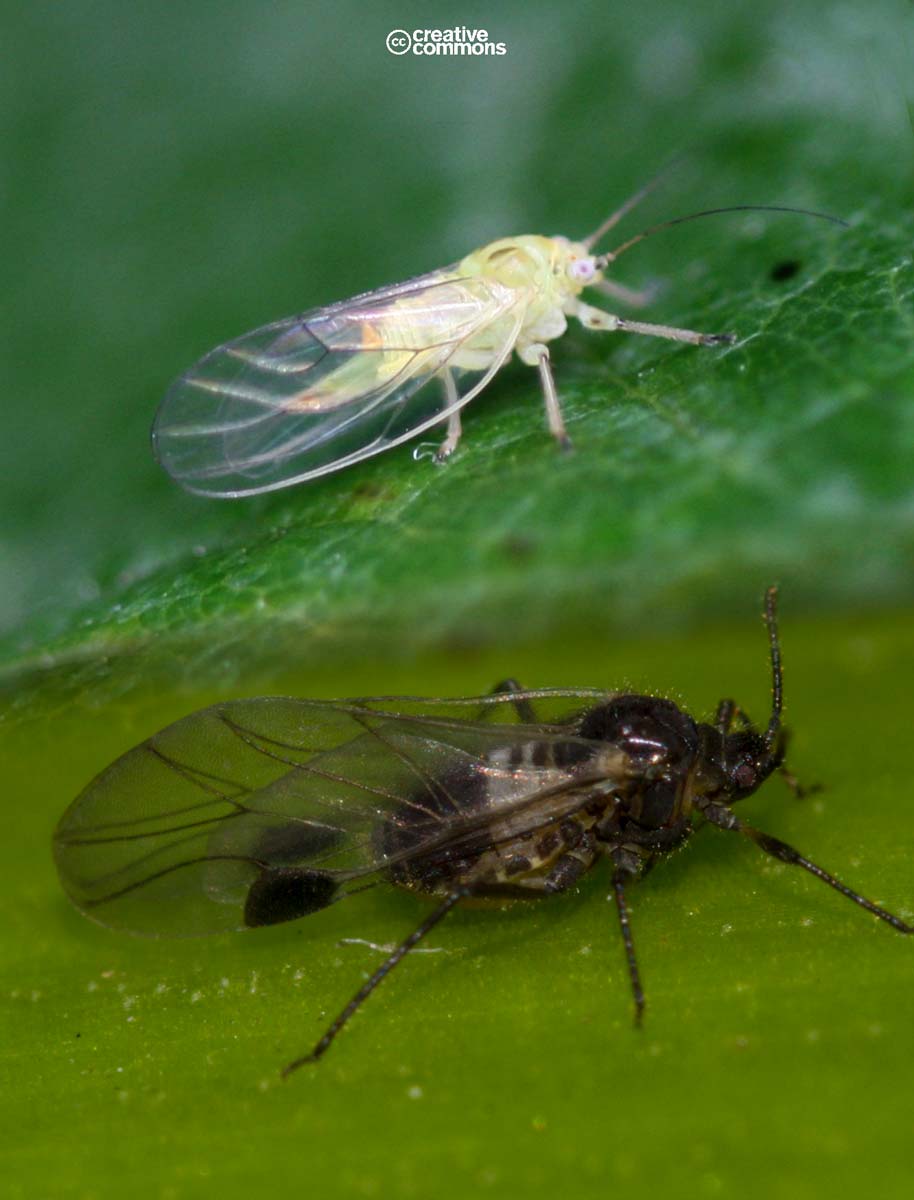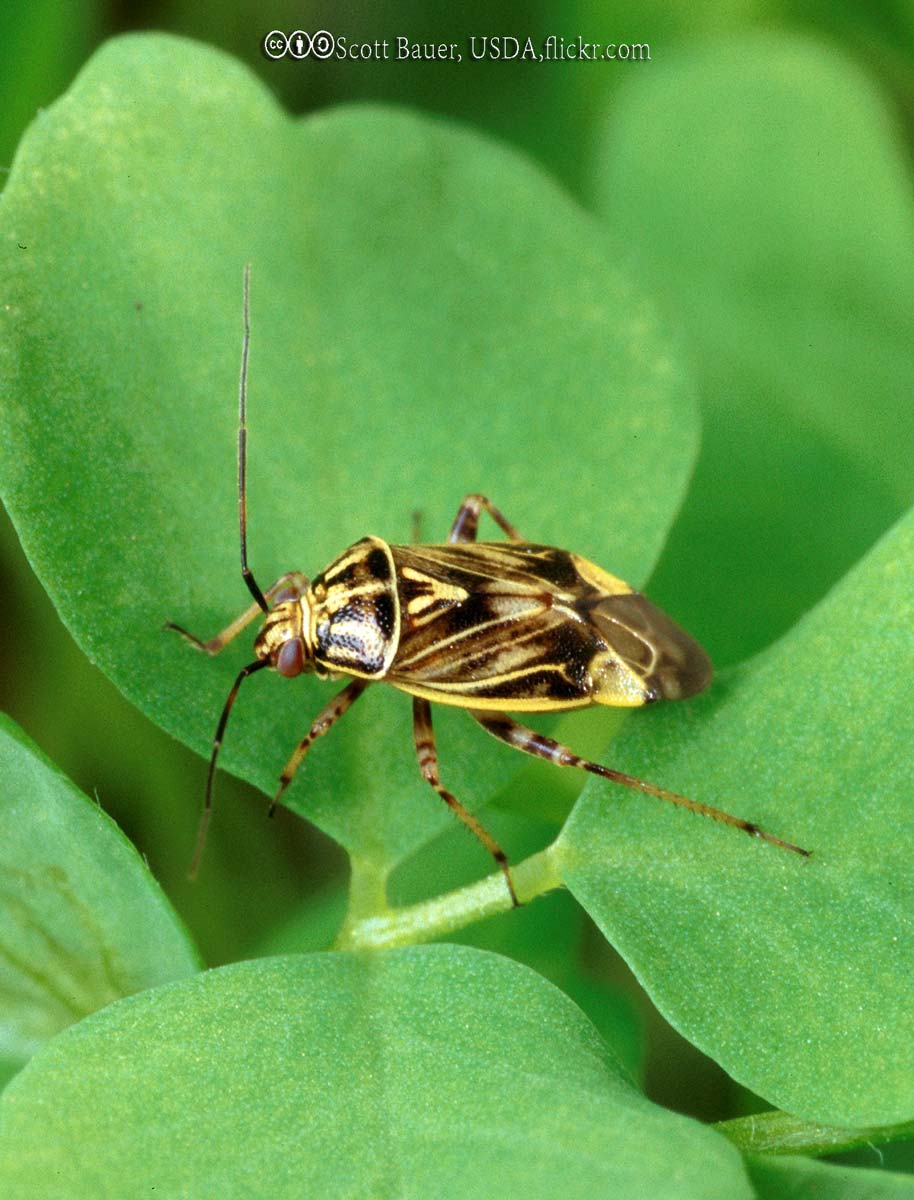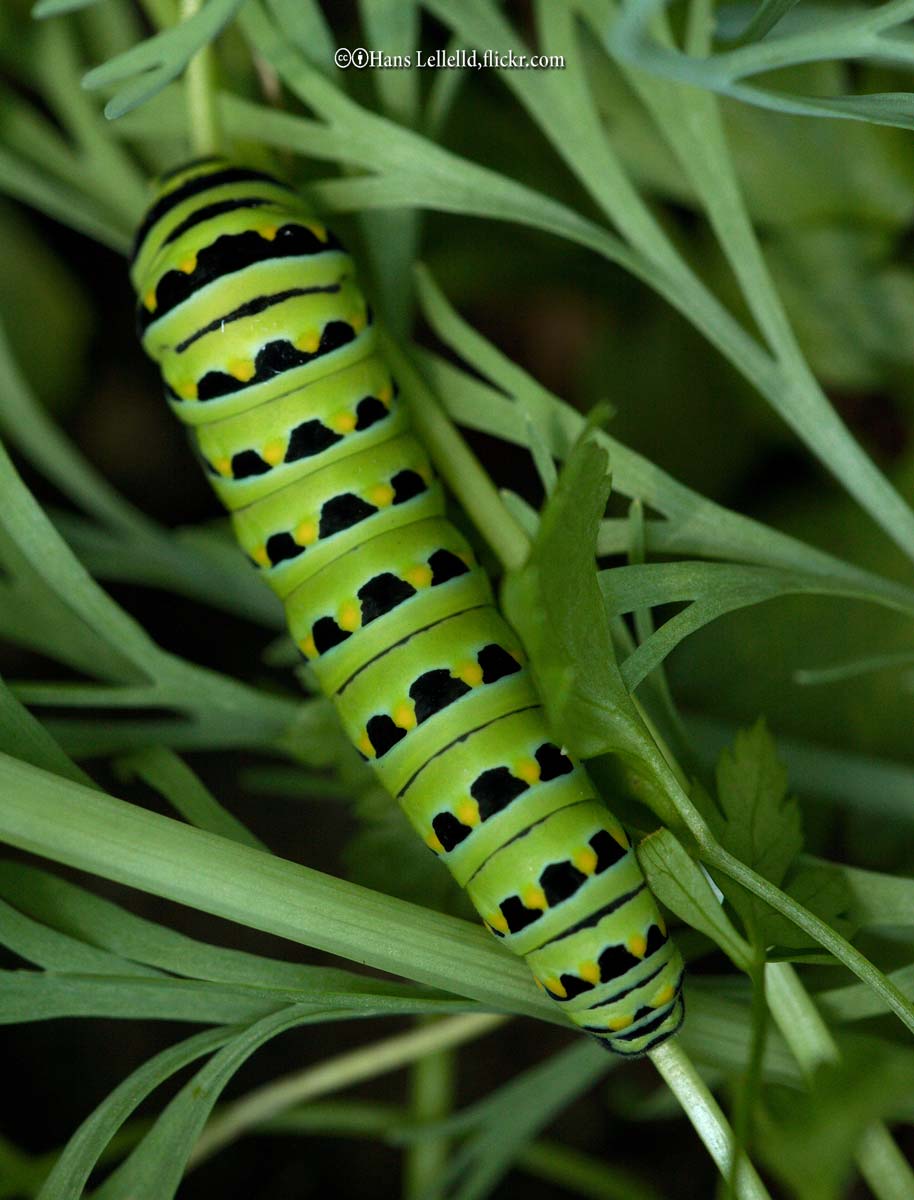Seed Maggots
The seed maggot generally overwinters as a mature larva in a puparium (pupal case) 8-15cm (3-6 in.) deep in the soil. Adults occasionally hibernate and become active very early in the spring. The adult is a greyish-brown fly, similar to a housefly, but only one half the size. They become active in late April, and … Read more
